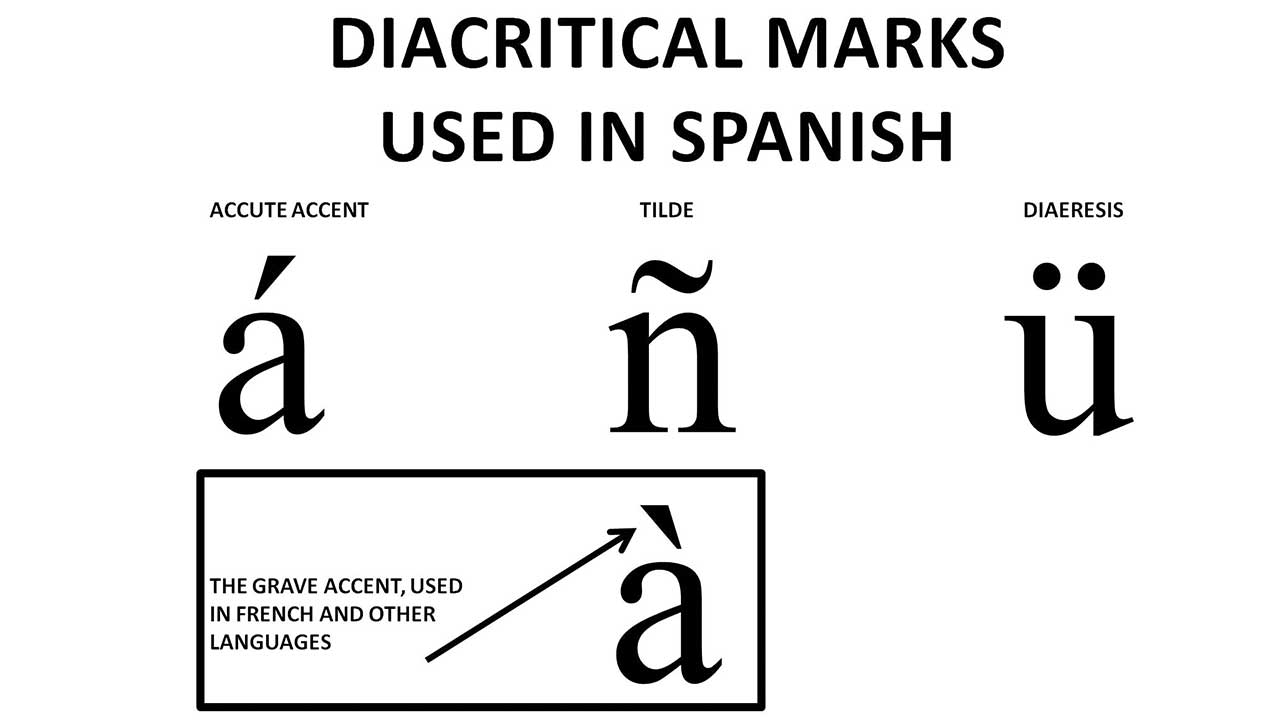
Both of these words are in-keeping with the two key roles referred to above. The word animal(animal) ends in a consonant other than ‘n’ or ‘s’, so the final syllable is stressed and it is oxytone. The word camino(path) ends in a vowel, so the penultimate syllable is stressed and it is paroxytone. Meanwhile, words which break these two rules, by having the stress on the third-to-last syllable are proparoxytone. On the other hand, words where the final syllable is stressed are said to be oxytone. Words where the penultimate syllable is stressed are said to be paroxytone and a total of 79.5 percent of all Spanish words fall into this category. With regards to stressed syllables in Spanish, there are two key rules to remember:ġ: If a word ends with a vowel, or the letters ‘s’ or ‘n’, the penultimate syllable is stressed.Ģ: If a word ends with a consonant other than ‘s’ or ‘n’, the final syllable is stressed. Try our plans Key rules of Spanish stresses For instance, the words célebre and celebré have different meaning – ‘famous’ and ‘I celebrated’, respectively – and pronunciation is separated only by the location of the stressed syllable. Within the Spanish language, stress is functional, meaning that the location of stressed syllables can alter the meaning of the words being spoken.

All Spanish words have at least one stress. This may be signalled through pronunciation in several different ways, including increased vowel length, increased loudness, or a change in pitch.

The basics of word stress in SpanishĪ stressed syllable can be broadly defined as a syllable that is given greater emphasis, relative to the other syllables around it. The first is to separate words which would otherwise be spelled identically, the second is to signify questions, while the third (and perhaps most important) function is to help indicate which syllable of the word should be stressed, or emphasised, when spoken aloud. Written accents have three main functions within the language. They can only ever appear over the five vowel letters (á, é, í, ó, ú), meaning you will never see a Spanish word with an accent mark over a consonant.

Try our plans Spanish accent marks explained What is a written accent?Īccents, sometimes known as ’tildes’, appear at the top of certain letters in Spanish, and are written as a short diagonal line, from the top right to the bottom left.


 0 kommentar(er)
0 kommentar(er)
